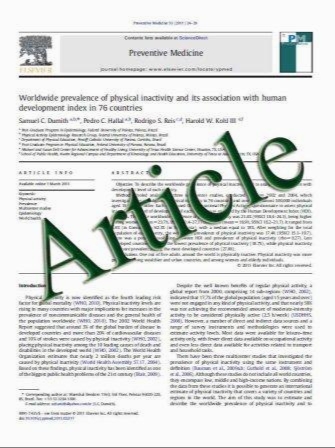Intermediate intensity conditioning regimen containing FLAMSA, treosulfan, cyclophosphamide, and ATG for allogeneic stem cell transplantation in elderly patients with relapsed or high-risk acute myeloid leukemia
- نوع فایل : کتاب
- زبان : انگلیسی
- مؤلف : Jens Marcus Chemnitz & Marie von Lilienfeld-Toal & Udo Holtick & Sebastian Theurich & Alexander Shimabukuro-Vornhagen & Anke Krause & Peter Brossart &
- چاپ و سال / کشور: 2011
Description
Lower dosage of total body irradiation (TBI) and chemotherapy in reduced-intensity conditioning (RIC) regimens prior to allogeneic stem cell transplantation have reduced the toxicity of the conditioning and non-relapse mortality. The FLAMSA–RIC protocol for high-risk patients with acute myeloid leukemia (AML) and myelodysplastic syndrome has shown promising results in refractory disease as well as in first complete remission. Still, the RIC protocol containing 4 Gy TBI/cyclophosphamide/antithymocyte globulin (ATG) implicates acute toxicity mainly due to TBI preventing its usage in patients with advanced age and/or severe co-morbidities. To increase feasibility and safety of the conditioning, we substituted TBI with treosulfan. Seventeen patients with relapsed or high-risk AML and either advanced age or concomitant disease were treated within a preparative regimen containing a 4-day course of chemotherapy (FLAMSA) followed by RIC comprising of treosulfan, cyclophosphamide, and ATG. After median follow-up of 12 months, the estimated incidences of relapse and non-relapse mortality were 25% and 20%, respectively. One-year overall survival was 62%. In conclusion, FLAMSA–treosulfan/cyclophosphamide/ATG is an intermediate intensity conditioning regimen with acceptable non-relapse mortality for patients with relapsed or high-risk AML. Substituting TBI with treosulfan provides an alternative to treat elderly patients or patients with severe co-morbidities when TBI appears not feasible due to the potential of increased toxicity.
Ann Hematol DOI 10.1007/s00277-011-1253-9 Received: 1 November 2010 / Accepted: 3 May 2011


